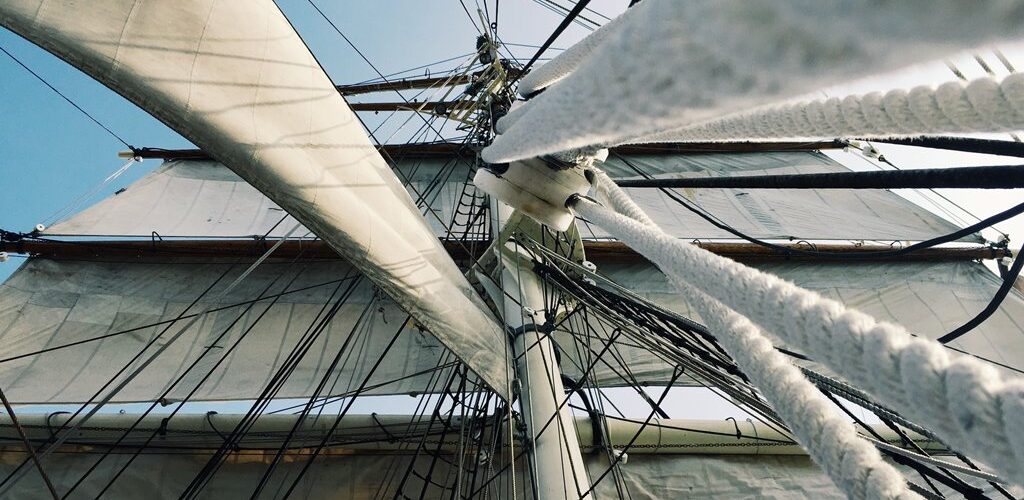Global shipping businesses are making steps to harness wind power by adding huge sails to tanker ships, in partnership with a Finnish sail-power start-up.

Entrepreneur Tuomas Riski of Norsepower has applied new understanding to an old technology, the rotor sail, in order to harness wind as an additional power source to reduce fuel consumption. The sail is a tall, metallic cylinder which spins as the wind passes across it, creating thrust.
The first ‘Norsepowered’ ship set sail from Finland in 2015. As rotor sails only cost between €1m and €2m to install, the project is expected to pay for itself in a few years.
Last year, Norsepower signed a deal to create a pilot for Maersk, a Danish shipping conglomerate, for the company’s largest sail yet, which could reduce fuel consumption by up to 10%. Viking Line has also announced plans to install a Norsepower sail on an existing cruise ship in 2018, as well as one of its new cruise ferries.






